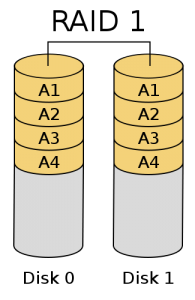 |
|
RAID 1 Recovery – Servers
Need help with RAID 1 Server Recovery? DriveCrash™ can help. Don’t panic!
In most cases (over 97% of them) using the correct procedures, data can be recovered from inaccessible or defective storage devices. Contact DriveCrash™ to learn more about RAID 1 Recovery.
All recovery jobs are treated on an urgent basis and recovery in most cases takes less than 24 hours to complete. With over 24 years of Experience we will recover all data possible.
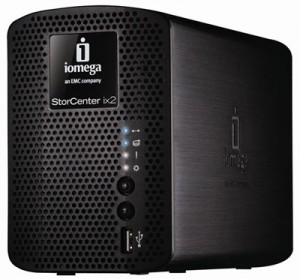 | 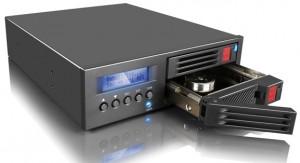 | 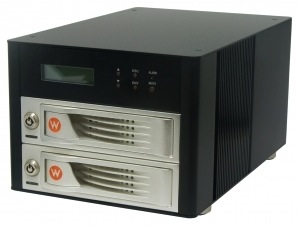 | |
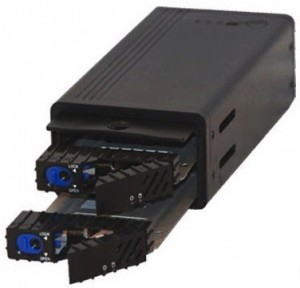 | 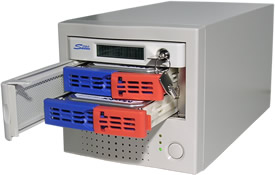 | 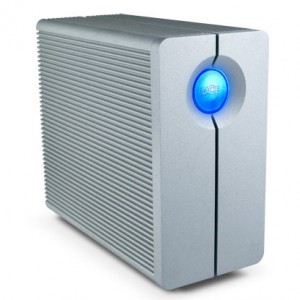 |
RAID 1 Recovery – Servers
We Recover all makes and models of RAID Servers. These RAID 1 manufacturers include:
- • Microsoft Windows™ Servers
- • Windows 2000 Server™
- • Windows Server 2003™ (Win2K3),
- • Windows Server 2003 R2™
- • Windows Server 2008™ (Win2K8, W2K8)
- • Windows Server 2008 R2™
- • Windows Server 2011™
- • Microsoft Hyper-V Server™ (Windows Server Virtualization)
- • Mac OS X™ Servers
- • Mac OS X Server 1.0™ Rhapsody
- • Mac OS X Server 10.0™ Cheetah
- • Mac OS X Server 10.1™ Puma
- • Mac OS X Server 10.2™ Jaguar
- • Mac OS X Server 10.3™ Panther
- • Mac OS X Server 10.4™ Tiger
- • Mac OS X Server 10.5™ Leopard
- • Mac OS X Server 10.6™ Snow Leopard
- • Mac OS X Server 10.7™ Lion
- • Linux™ Distributions
- • Ubuntu™ Servers
- • Debian™ Servers
- • FreeNAS™ Servers (FreeBSD™)
- • VMWare Server™
- • Apache™ Servers
- • Sun xVM™ Server
- • Solaris™ Servers (SunOS)
RAID 10 or RAID 1&0 or RAID 1+0, is similar to a RAID 0+1 with exception that the RAID levels used are reversed, RAID 10 is a stripe of mirrors. A use for this configuration is to use slower disk interfaces in low-end RAIDs rather than replace them with faster ones.
RAID 100 or RAID 10+0, is a stripe of RAID 10s. This is logically equivalent to a wider RAID 10 array, but is generally implemented using software RAID 0 over hardware RAID 10.
